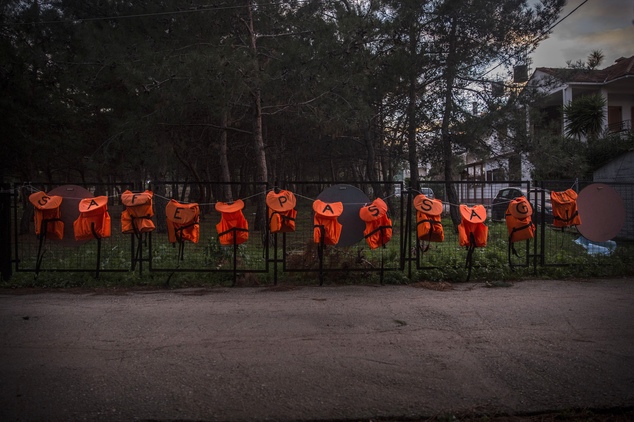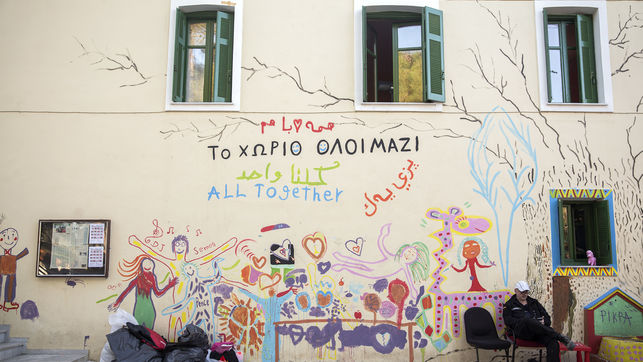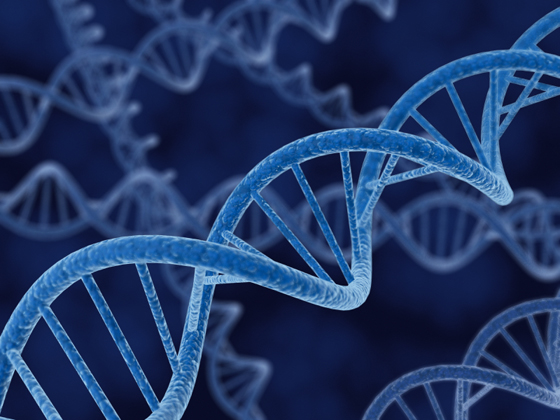Every year millions of children are faced with the severe consequences associated with war and displacement. The traumatising effects of witnessing scenes of graphic violence as a young child are difficult to overestimate and even harder to reverse. In the face of such extreme adversity, it is important to understand the factors that promote resilience to psychological problems. Research in this area could be a valuable tool for improving sources of effective psychosocial support.
During my time as a volunteer at a refugee camp called Pikpa in Lesbos, children told me of their tragic experiences: witnessing the torture and murder of family members, worrying about brothers and sisters who had gone missing, seeing piles of dead bodies in the street, being permanently scarred by shrapnel, running away from Taliban training, nearly drowning on the route to Greece.

Life jackets used by refugees during their crossing to Lesbos are now used to decorate the entrance of Pikpa (and also to make bags and purses)
As I mentioned in my previous article, deprivation of sources of psychosocial support for refugees is a huge problem. This is particularly harrowing for children: denial of support and of spaces for play and creative expression intensify and accelerate the dehumanising draining of happiness from a child’s earliest experiences of life. It is well established that these exposures put children at increased risk of mental health problems (and a wide range of other long and short term issues).
Yet despite the extreme adversity associated with the experience of war and displacement, refugee children vary widely in their responses. Many develop severe psychological problems, but others show remarkable resilience. At Pikpa, I spent time with children who were sad, withdrawn, nervous, and/or disruptive. But lots of them seemed to be adapting and thriving at Pikpa – happy, engaged and optimistic. One very young toddler was particularly content and precocious – able to walk around on her own and make friends with anybody.
“Many develop severe psychological problems, but others show remarkable resilience.”

A wall mural painted by children at Pikpa.
It is important to explore what helps some refugee children stay strong in the face of tragedy, as well as what factors explain poorer outcomes. There are multiple levels at which we can consider this question in research.
More resilient children are probably more likely to adopt particular behaviours, such as maintaining structured daily routines and focussing on their education. At Pikpa, the children responded extremely well to the implementation of a regular English teaching slot. The difficulty with interventions to increase the structuring of children’s time, however, is that volunteers are generally transient so can’t change things all that much. The protracted waiting engendered an atmosphere of timelessness that was difficult to break up – many children didn’t know what months were, let alone what the exact date was. The way forward could be to help children develop coping strategies (such as mindfulness) within a structured classroom or community setting that changes as little as possible with the ebb and flow of volunteers.
Psychological traits predispose children to resilience or risk in terms of their mental health. The most mentally strong children at Pikpa had dreams and believed that they had control over how their lives turned out. For example, they were optimistic about the future, making plans to be a computer programmer, a photographer, an artist, and to live in Germany or Canada. Psychological interventions could do more to teach refugee children to stay hopeful about their future and to feel empowered about their own role in their life chances.
In addition, social support in the form of companionship, informational /educational support, material goods, emotional support and play (e.g. arts and crafts and sports activities) can be transformative for some refugees, but may not be available to or influential for others.
Various biological factors might also play a role in explaining why some children are more resilient than others, including neuroendocrine (e.g., the level of stress hormones such as cortisol), genetic (e.g., variation in genes that might predispose to developing post-traumatic stress disorder (PTSD)), and epigenetic (e.g., environmentally triggered changes to DNA that increase or decrease the activity of certain genes – switching them on or off).
“…due to their behavioural, psychological, and biological characteristics, individuals differ in the degree to which they are affected by environmental influence”
Through every individual refugee child’s course of development, these layers are all deeply interconnected and combine to shape long-term emotional health. One potential protective mechanism could be that a child with a particular genetically-influenced personality trait might be more likely to seek out emotional support than others.

Genetic factors, determined by an individual’s DNA, could explain why some children are more resilient than others.
It is established that individuals’ development and emotional affect are differentially susceptible to experiences. That is, due to their behavioural, psychological, and biological characteristics, individuals differ in the degree to which they are affected by environmental influences – and therefore in their risk of developing mental health problems. The Differential Susceptibility framework in developmental psychology research proposes that some people are disproportionately vulnerable to the negative effects of adversity, but also disproportionately receptive to the beneficial effects of supportive environments.
For example, researchers within our group have found evidence that genetic markers of environmental sensitivity predict response to cognitive behavioural therapy (CBT) in children with anxiety disorders. In other words, individuals with the greatest environmental sensitivity may be more likely to develop emotional problems in adverse environments, but also benefit more from intensive treatment. If this finding is replicated, these genetic markers, added up to create a score for each individual, could be used to help refugee children too – by predicting those who will be most responsive to treatment.
“In other words, individuals with the greatest environmental sensitivity may be more likely to develop emotional problems in adverse environments, but also benefit more from intensive treatment.”
Biological, psychological and behavioural risk and protective factors will all be examined in an ambitious new study of ‘Biological Pathways of Risk and Resilience in Syrian Refugee Children’ based at Queen Mary University . They will be following a sample of one thousand refugee children in Lebanon, to disentangle how environmental and biological risk and protective factors interact to predict which children will suffer difficulties and which show resilience following experience of war and displacement. Interestingly, and importantly, the team will provide psychological support to the children who are identified early as being at high risk of psychological distress.
The refugee crisis will affect people across the world for many generations to come – hopefully this is just the start of a movement towards high quality longitudinal research and corresponding interventions.

